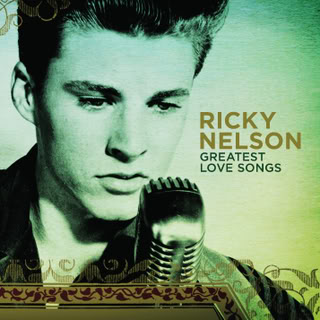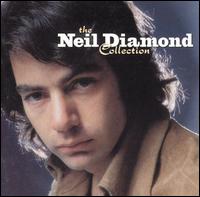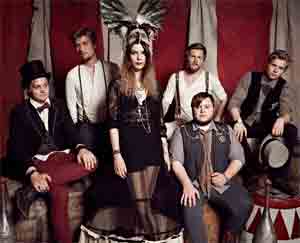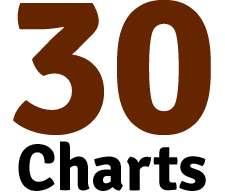This is the first article in a new series I'm calling Gear of the Gods: Sneak peeks of the guitar equipment used to record classic songs.
I'd like to thank guest blogger Dave Wirth of The School of Feedback Guitar for researching and writing this.
 For those of us who were not lucky enough to see Jeff Buckley perform, we can only imagine what we missed, especially during his finale. The audiences he played for, though completely energetic during most of his performance, were silent when he played his final song of the night, "Hallelujah."
For those of us who were not lucky enough to see Jeff Buckley perform, we can only imagine what we missed, especially during his finale. The audiences he played for, though completely energetic during most of his performance, were silent when he played his final song of the night, "Hallelujah."
Jeff’s sparkling-clean, dripping-with-reverb guitar tone was captured in the studio and his live
performances with three key pieces of equipment:
• ’83 Fender Telecaster
• ’63 Reissue Fender Vibroverb
• Alesis Quadraverb
If you’d like to reincarnate Jeff’s guitar tone, there’s bad news and also some great news. The bad news is that a lot of the equipment Jeff used is no longer being actively manufactured. The great news is that Fender and Alesis still make similar equipment, and I’ve done all that research for you. The rest of this blog post goes over the results.
The ’83 Fender Telecaster, the one heard on "Hallelujah," was only manufactured for one year. As is the case with many discontinued Fender models, ’83 Telecasters now fetch a pretty penny. I’ve included two options for those interested in a close match.

 First, for those who are going for maximum playability as well as fantastic tone, Fender’s American Vintage ’52 Telecaster is a dead-giveaway: Check out the '52 Fender Tele at Zzounds.com
First, for those who are going for maximum playability as well as fantastic tone, Fender’s American Vintage ’52 Telecaster is a dead-giveaway: Check out the '52 Fender Tele at Zzounds.com
Second, though made in Mexico, the Fender Standard Telecaster is a more affordable alternative: Check out the Fender Standard Tele at Amazon

 Fender’s Vibroverb ’63 Reissue is also no longer being manufactured. The Custom Vibrolux,
while not exactly the same amp by way of aesthetics or electronics, is the closest replication to the amp that
Jeff used: Check out Fender Custom Vibrolux® Reverb Amp at Amazon.com
Fender’s Vibroverb ’63 Reissue is also no longer being manufactured. The Custom Vibrolux,
while not exactly the same amp by way of aesthetics or electronics, is the closest replication to the amp that
Jeff used: Check out Fender Custom Vibrolux® Reverb Amp at Amazon.com
The Alesis Quadraverb is also no longer being manufactured, which is actually a good thing: The old
Quadraverbs were plagued with noise issues. Alesis' modern MidiVerb is a better reverb unit, and the Alesis
rackmount processor most comparable to the old Quadraverb heard on "Hallelujah": Check out Alesis MidiVerb 4 Digital Effects Processor at Amazon.com
One final note: If you want that same tone, don’t be shy with the reverb, or the volume for that matter. In fact, I say: lean into it, hard.
Check out the chord chart for "Hallelujah" here.
Researched by Dave Wirth, a professional guitarist and writer. He teaches guitar to complete newbies at The School of Feedback Guitar in Austin, TX.







 For those of us who were not lucky enough to see Jeff Buckley perform, we can only imagine what we missed, especially during his finale. The audiences he played for, though completely energetic during most of his performance, were silent when he played his final song of the night, "Hallelujah."
For those of us who were not lucky enough to see Jeff Buckley perform, we can only imagine what we missed, especially during his finale. The audiences he played for, though completely energetic during most of his performance, were silent when he played his final song of the night, "Hallelujah." 

